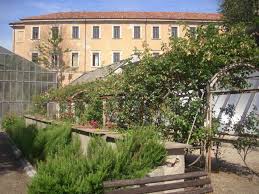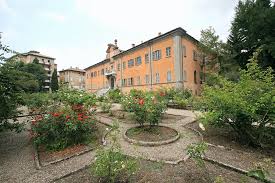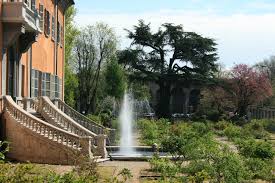The Pavia Botanical Garden has been in its present location since the last decades of the 18th century, after a complex series of attempts to find a suitable location for the cultivation and education of ordinary people in the Medical College. Fulgencio Whitman (1763-1773) founded the first botanist, a monk from Valmbrusan, a pupil of Marata, who studied in Pavia from 1763 to 1773: in this period he was invited to give instructions for the construction of a garden of ordinary people in different places. From the current headquarters of the Botanical Garden.
It was in particular Count Firmian, the Habsburg Commissioner for Lombardy, who determined what would become the final seat in the area of the Church of S. Epifanio, attached to the Lateran Fathers Monastery. For the design of Orto Pavese, as early as 1772, Count Fermian suggested to the authorities that they take as a model a simple garden of Padua and use in particular the experience of G. Marsili, which I subsequently directed. Submit a report explaining the characteristics of the garden dedicated to teaching. The authorities of Milan, the seat of the Austrian viceroy, had a map of Schönbrunn Park, which was then directed by Jaquin and one from Vienna Park.
During the subsequent direction of Augusto Pirola (1982-1996) new collections (Hydrangea, Pelargonium, Hosta) were introduced and the rose collection setting was modified. Since 1997, the Botanical Garden has become part of the Region's Department of Environment and Terrestrial Environments, where the Institute of Botany has been integrated. From the same date Alberto's direction begins with Duzzi (1997-2002) where the foundations of a group of medicinal plants were laid. Furthermore, important maintenance interventions were undertaken. The current director is Francesco Sartori.




